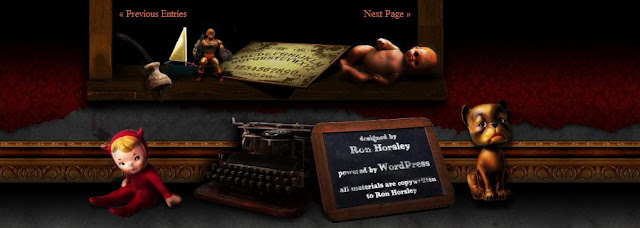Sometimes,, a background of your website is the least noticed part of your website design but sometime
it is well quite enough to grab the attention of your customers or website visitors. Most of the time, the
backgrounds of your websites set the whole tone and gives a framework for the information on your
site.
Today, with a change in IT industry, the trends of background have been completely changed. Today,
backgrounds come with lots of multiple things and are wide-ranging in scope. You are not just stick to
a single thing, you can use multiple kinds of pictures, solid colors or combination of multiple colors,
patterns or you can utilize all these things in a single webpage design.
Here in this article, I will let you know about the latest trends of backgrounds that are used well and
explore why they work.
What Makes an Attractive Background?
There is no hard and fast rules for what type of background will work for your web design. There are
some common factors that can easily make a dull and boring website into a booming one.
The background should have purpose.
•
•
The background should completely match with your web brand or what type of products or
services you are offering.
•
It should allow for placement of text that is easy to read.
Don’t use those types of backgrounds or background pictures that puzzle your visitors to think
they have stumbled on to another page when clicking through.
•
Use those types of backgrounds that can be easily downloadable and not cause the site to slow
down or lag.
•
What’s latest in Web Designing?
Just like trends of clothes and hairstyles change, so do web design trends. This is quite true for
backgrounds in web designing.
Today, there are so many online websites that are using multiple high resolution images on their
website landing pages and above the scroll. If you make some research as a design inspiration, you
will definitely observer that there are many large brands are come with large picture of their product
on background and small content. Most of the pictures are sharp and deliver what the company or
website want, while some are much harder to decipher. Large, blurry or faded images are appearing
everywhere.
Here are some multiple types of background that are quite popular and in trend:
SHARP IMAGES:
Sharp and clear images are quite high in demand these days. This is because, a picture worth more than
words. An attractive or interesting picture can easily grab the attention of visitors or customers rather
than a simple or dull background. Today, most of designers design their website on a single theme or
a definite pattern. A sharp image can easily stand out your website and help you out in increasing your
piggy bank.
BLURRY OR FADED IMAGES
Using blurry or faded images can be rather tricky. It only works if you have a strong image to start with.
Sometimes a dramatic fade, like the muted mountain used by Humaan, works beautifully while other
times just a slight blur is enough.
SOLID COLOR:
Solid colors are also in demand these days. But there is no need to stick with common colors black and
white; you can use variations of colors to match with your website theme. There are many designers
who are using bold, striking colors to help elements pop off the background. But always keep in mind
that always use those kinds of colors that completely match with your brand or website theme.
WHITE OR BLACK
White and black backgrounds are classic and easy to use. You can create contrast for type (even small
type) easily and will always be in fashion.
PATTERNS AND TEXTURES
Don’t be afraid to use multiple patterned backgrounds. Big, repeating prints are all over the places are in
trend these days. Subtle textures can add some realism to your design. Not only multiple patterns, you
can also use graphics art or illustrations to represent your brand and identity.
In the end, always keep in your mind that a website is one of the most effective resources to represent
your business, product or services. So, always choose those types of backgrounds that can appeal your
website among thousands of others.






































